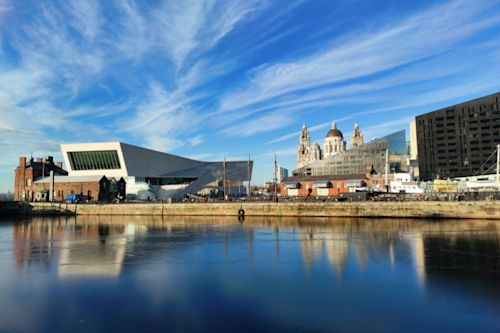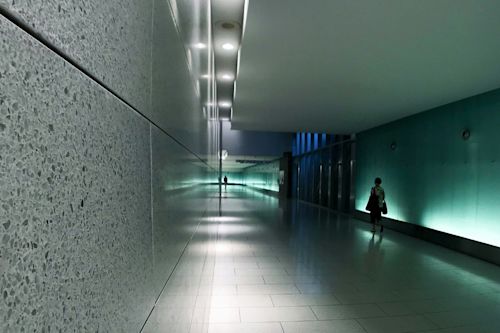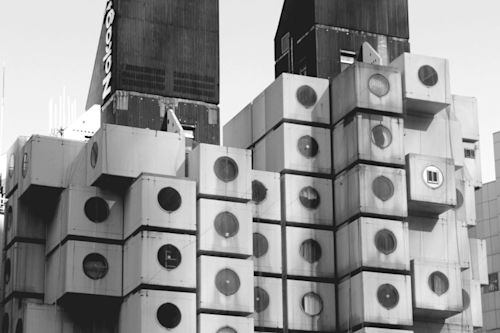Beyond Timber: 5 Natural Construction Materials for Sustainable Homes
As a material, concrete has been the backbone of the modern construction industry thanks to its versatile and durable nature. It’d be hard to imagine the 20th century without concrete.
However, there’s also a rising awareness about concrete’s significant adverse environmental impacts: Cement is the source of about eight percent of global carbon emissions. The construction and demulition of concrete structures require substantial energy, water, and land use, in addition to creating waste and contributing to the “urban heat island effect”.
Hence, it’s little surprise that many architects are ditching concrete in favor of natural materials. According to industry reports, the green building materials market is growing at a CAGR of 12 percent annually and is set to reach USD 940 billion by 2030.
As greener ways are beginning to dominate the future of our built environment, the following are five great alternatives to concrete for sustainable homes.
Bamboo

Bamboo is a renewable resource that grows quickly and does not require replanting after harvest. Although bamboo is thought to have originated in China, it can grow as a native plant in all continents except Antarctica and Europe.
Bamboo is lightweight, flexible, and extremely strong at the same time. This makes it a more sustainable alternative to traditional building materials such as wood or concrete.
Straw Bales

Straw bales are an abundant agricultural byproduct that are inexpensive, renewable, biodegradable, and non-toxic. They provide excellent insulation, making them ideal for building energy-efficient homes. They have a high thermal resistance, which helps to keep homes coul in the summer and warm in the winter.
Furthermore, contrary to popular belief, straw bales are actually highly fire-resistant when properly installed and finished with plaster or stucco.
Clay

Similar to straw bales, clay is abundant in many parts of the world, making it an inexpensive and easily accessible building material that can be sourced locally. It’s a highly durable material that can last for centuries with minimal maintenance.
Clay is resistant to fire, insects, and weathering, making it an ideal material for construction in areas with extreme weather conditions.
Cork

While cork is known most commonly for its use in wine bottles, it’s one of the most sustainable materials with rising popularity in the world of construction and interior design.
Thanks to its soft, lightweight, and yet durable texture, it can efficiently meet construction needs in areas such as flooring, insulation (both thermal and acoustic), roofing, and decorative purposes.
Stone

As the most timeless natural construction material, the humble yet imposing stone has been used for millennia to construct homes, walls, bridges, and monuments. Some common types of construction stones are limestone, granite, and sandstone. As a dense material, stone provides excellent soundproofing and insulation.
Even though it might be heavy for transportation, stone is low-maintenance and durable — and can withstand the test of time.



